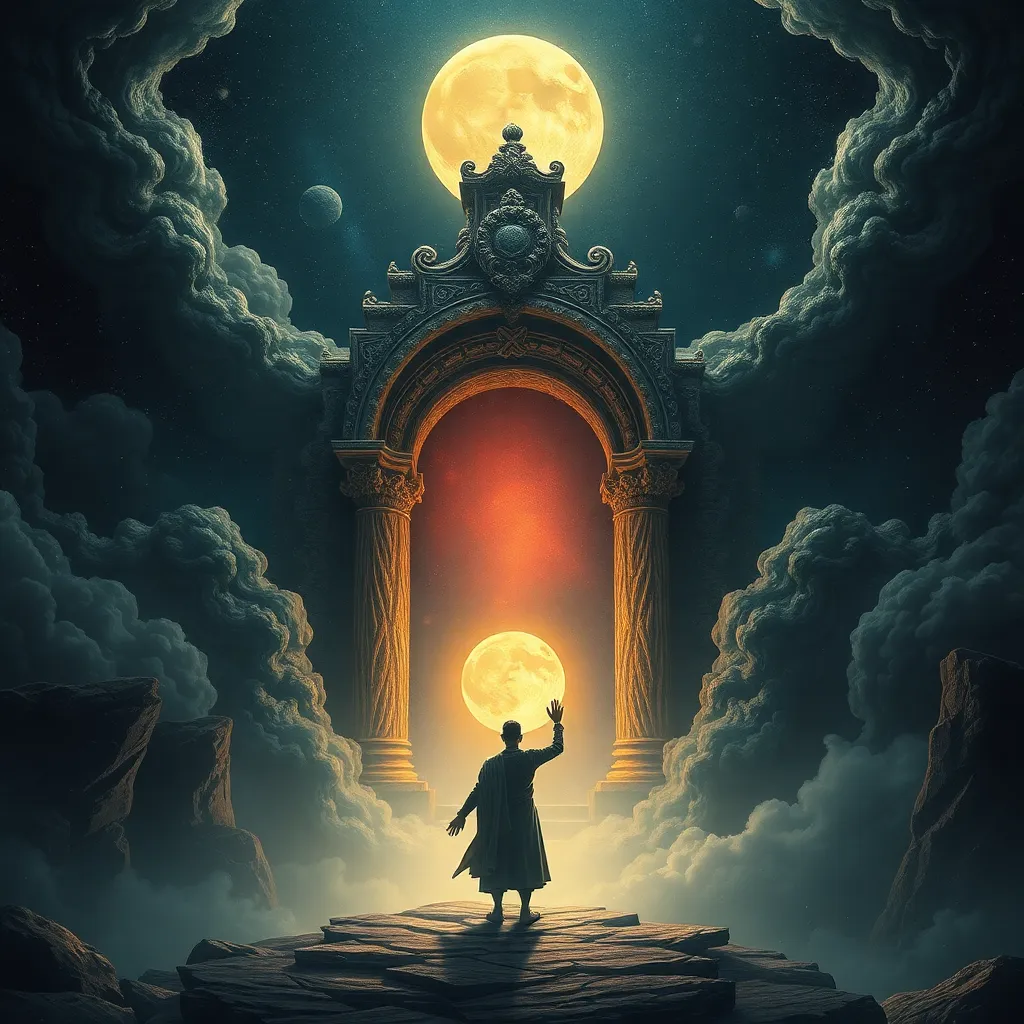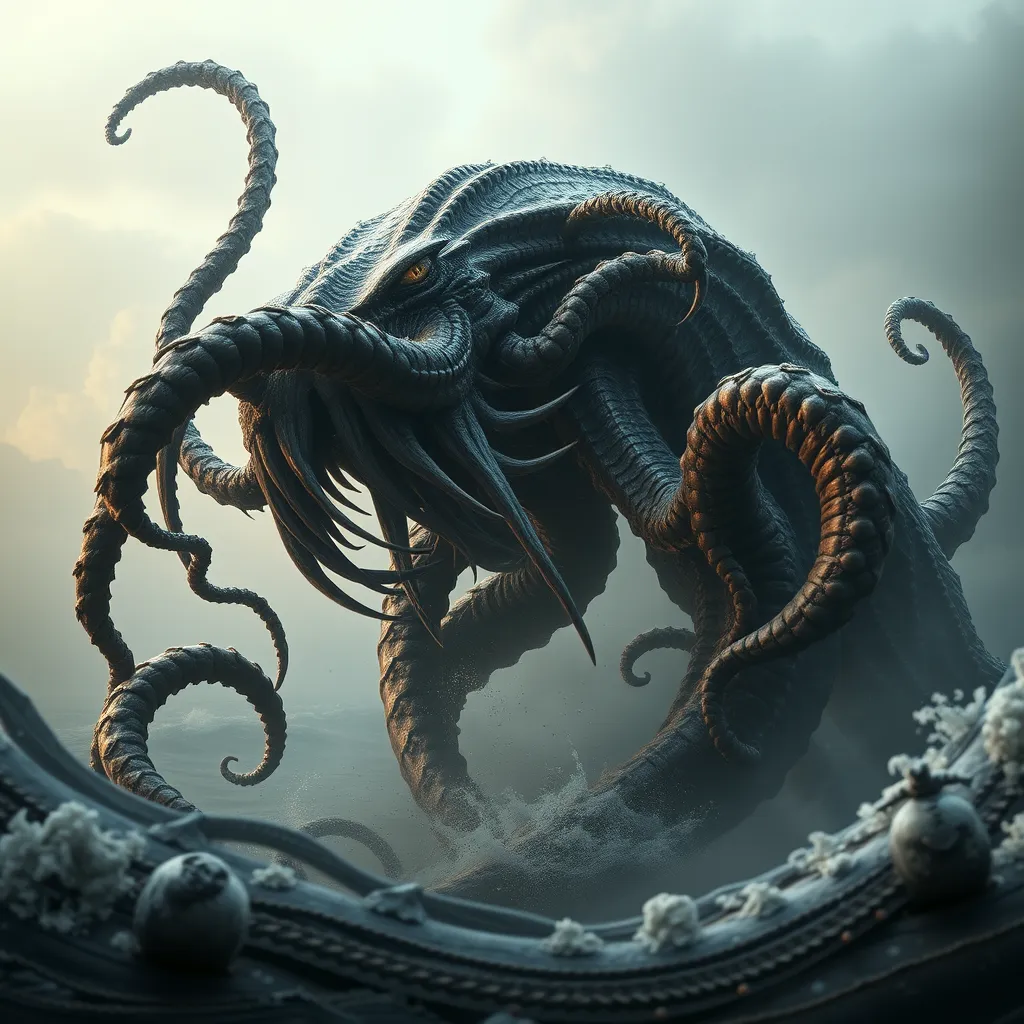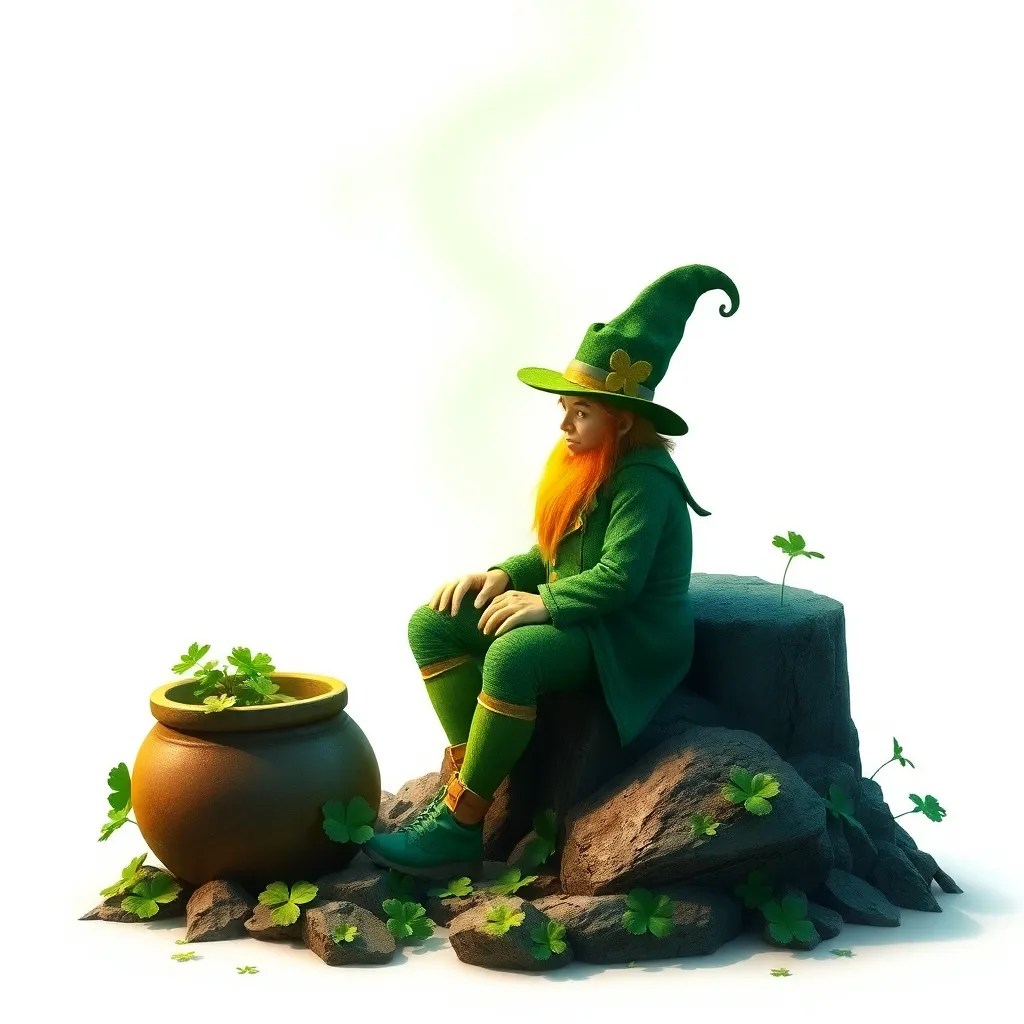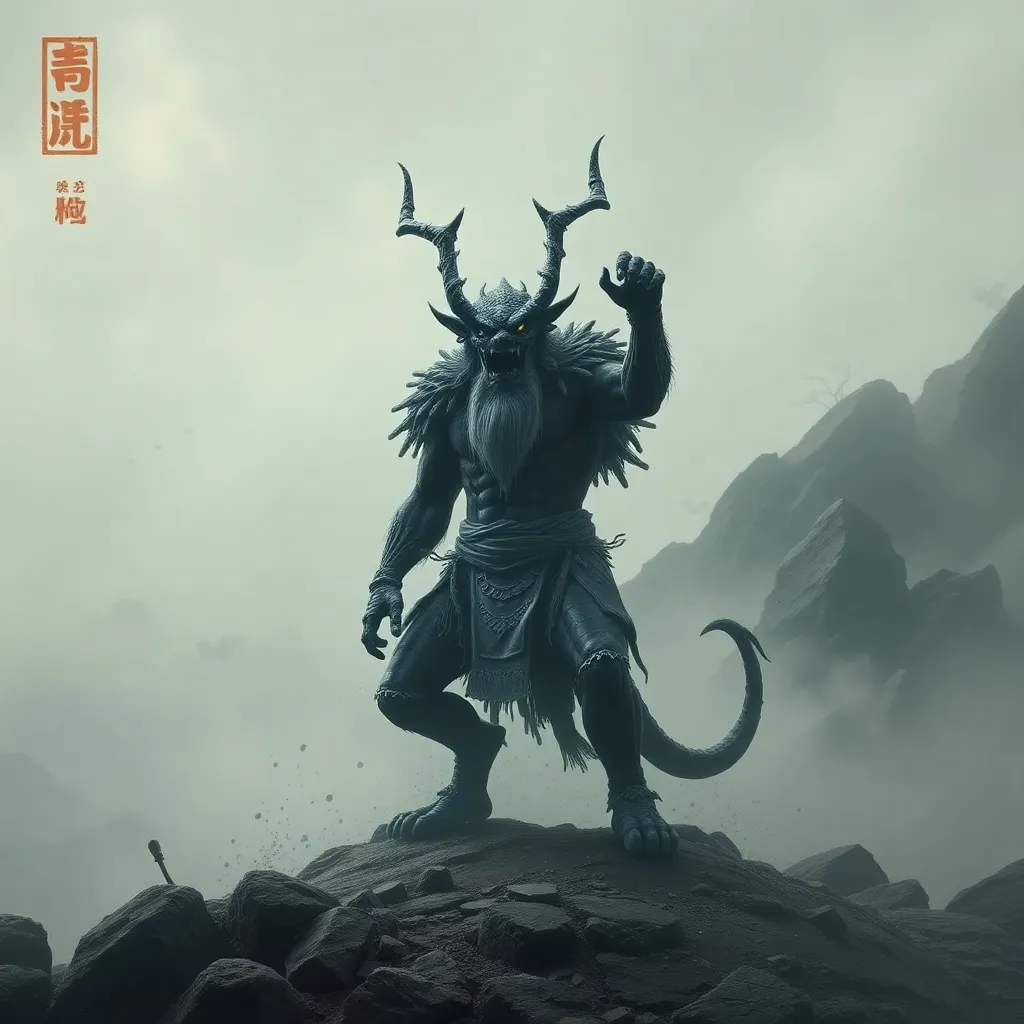The Baku’s Secret: Unveiling the Hidden Meanings of Dreams through Myth
I. Introduction
In the rich tapestry of Japanese mythology, the Baku stands out as a fascinating creature known for its unique connection to dreams. Often depicted as a hybrid beast with the features of various animals, the Baku embodies the cultural significance of dreams and their interpretations. Across different civilizations, dreams have been viewed as vital communications from the subconscious, offering insights and warnings. This article aims to explore the intersection of myth and dream interpretation, focusing on the Baku’s role in this intriguing realm.
II. The Baku: Origins and Symbolism
The Baku has its historical roots deeply embedded in Asian folklore, particularly within Chinese and Japanese cultures. Originally believed to be a creature that could devour nightmares, the Baku has evolved into a symbol of protection and guidance for those navigating their dream worlds.
Describing the Baku’s appearance, it is often illustrated as a composite of various animals, including:
- An elephant’s trunk
- A tiger’s body
- A bear’s legs
- An ox’s tail
This eclectic mix of features symbolizes its role as a protector against bad dreams, as well as a guide for understanding the meanings behind dreams. The Baku is not merely a dream-eater; it is also a symbol of hope, transformation, and the exploration of the subconscious.
III. The Cultural Context of Dreams
Throughout history, dreams have held significant importance in various ancient civilizations. They have been viewed as omens, divine messages, or reflections of one’s inner thoughts. From the Egyptians to the Greeks, cultures have developed unique interpretations of dreams, often intertwining them with spiritual and mythological beliefs.
Variations in dream interpretation across cultures highlight the Baku’s place within this broader context. While many cultures have dream deities or spirits, the Baku specifically caters to the dual purpose of both consuming nightmares and offering guidance for positive dreams. This unique duality sets the Baku apart and emphasizes its significance in dream mythology.
IV. The Process of Dream Interpretation
Interpreting dreams through the lens of myth can be an enlightening process. Various techniques can aid individuals in understanding the deeper meanings of their dreams:
- Journaling: Keeping a dream journal can help capture fleeting thoughts and symbols.
- Symbol Analysis: Identifying common symbols within dreams and researching their meanings.
- Mythological Framework: Using mythological creatures like the Baku as a lens through which to interpret dreams.
Common symbols within dreams often carry specific meanings. For example:
- Water: Represents emotions and the subconscious.
- Flying: Symbolizes freedom and escape.
- Chasing: Often indicates anxiety or fear.
The Baku serves as a guide in understanding these symbols, offering comfort and clarity during the interpretation process. By invoking the Baku, dreamers can seek protection from nightmares while gaining insights into their dreams’ messages.
V. The Psychological Perspective
From a psychological standpoint, dreams are closely tied to the subconscious mind. They can reflect our innermost fears, desires, and unresolved conflicts. Modern psychology has provided various frameworks for analyzing dreams, such as Freudian and Jungian theories, which explore the significance of symbols and archetypes.
Insights from modern psychology often align with mythological interpretations. For instance, Freud suggested that dreams serve as a window into our repressed desires, while Jung emphasized the importance of archetypes, which can be represented by figures like the Baku. Both perspectives highlight the value of looking beyond the surface of dreams to uncover deeper meanings.
VI. Case Studies: Dreams and the Baku
Anecdotal examples of dreams involving the Baku can illustrate its meanings and implications. Consider the following scenarios:
- Dreamer A: Dreamed of being chased by a dark figure but encountered a Baku that consumed the figure, providing relief and safety.
- Dreamer B: Experienced a vivid dream of flying with the Baku, symbolizing newfound freedom and exploration.
Analysis of these dreams reveals their meanings. In Dreamer A’s case, the Baku offers protection from anxiety and fear, while in Dreamer B’s experience, the Baku serves as a symbol of empowerment and guidance. These dreams teach valuable lessons about confronting fears and embracing change.
VII. The Modern Relevance of the Baku
Today, there is a resurgence of interest in dream interpretation, with many seeking to understand their dreams’ meanings and significance. Incorporating mythological insights, such as those related to the Baku, can enhance contemporary practices of dream analysis.
The Baku’s role in popular culture and modern spirituality is also noteworthy. From literature to art, the Baku continues to inspire creativity and reflection. It resonates with those exploring their spirituality, serving as a reminder of the importance of dreams in personal growth and self-discovery.
VIII. Conclusion
The Baku holds a significant place in dream interpretation, symbolizing protection and guidance in the realm of dreams. As we explore the relationship between myth and dreams, we uncover layers of meaning that can enrich our understanding of ourselves and our experiences.
In concluding, readers are encouraged to delve into their own dreams and meanings through cultural lenses. By embracing the insights offered by mythological figures like the Baku, we can unlock a deeper understanding of our subconscious and the messages it conveys.



